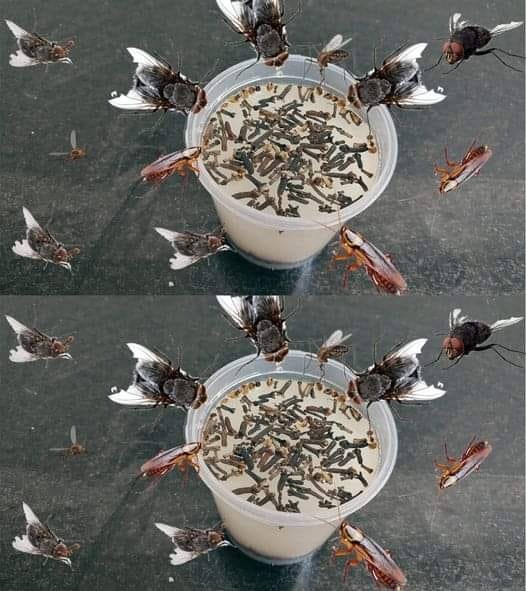Materials You’ll Need
- A cup of alcohol-based mouthwash (avoid sugar-free or heavily dyed varieties to prevent staining)
- A clean sponge or cloth
- Optional: White vinegar or baking soda for additional cleaning power
Step 1: Prepare the Washing Machine
Before you begin, remove any visible debris or lint from the washing machine drum, gasket, and detergent dispenser. Check for items like stray socks or hair that may have accumulated in the drum or around the rubber seal.
Step 2: Choose the Right Mouthwash
Pick a mouthwash with antibacterial properties. Alcohol-based options are ideal because they effectively kill bacteria. Avoid mouthwashes with dyes or artificial colors that could stain the washing machine.
Step 3: Add the Mouthwash
- Measure 1 cup of mouthwash and pour it directly into the washing machine drum.
- For a top-loading machine, you can also pour the mouthwash into the detergent dispenser.
Step 4: Run a Hot Cycle
Set your washing machine to the hottest water setting and run a full cycle without adding clothes. The hot water, combined with the mouthwash, will help break down bacteria, detergent residue, and odors.
Step 5: Wipe Down the Machine
Once the cycle is complete:
- Use a damp cloth or sponge to wipe down the interior of the drum, the door (or lid), and the rubber gasket.
- Pay close attention to areas where dirt or detergent residue tends to accumulate.
Step 6: Optional Deep Cleaning
For extra cleaning power:
- Add 1 cup of white vinegar to the fabric softener dispenser and ½ cup of baking soda to the drum. Run another hot cycle to tackle stubborn buildup and enhance freshness.
Benefits of This Method
- Affordable: Mouthwash is significantly cheaper than many specialized washing machine cleaners.
- Convenient: It’s a household item you likely already have on hand.
- Effective: Mouthwash eliminates bacteria, mold, and odors while leaving a pleasant, fresh scent.
Preventive Maintenance Tips
- Clean Monthly: Use this method once a month to keep your washing machine in optimal condition.
- Leave the Door Open: After each wash, leave the door or lid open to let the drum dry and prevent mold or mildew growth.
- Use Less Detergent: Overuse of detergent can lead to buildup, so follow the manufacturer's recommended dosage.
- Clean the Dispensers: Remove and rinse the detergent and fabric softener dispensers regularly.
When to Avoid This Method
While this method is generally safe, avoid using mouthwash in your washing machine if:
- It has heavy dyes: These could potentially stain the drum or rubber components.
- You suspect mechanical issues: If your washing machine isn’t draining or spinning properly, address these problems before attempting to clean it.
Conclusion
Using mouthwash in your washing machine might sound unconventional, but it’s an effective, affordable, and surprisingly powerful way to clean and freshen your appliance. With regular maintenance and a little ingenuity, your washing machine can stay in top condition, ensuring your laundry is always fresh and clean. Try it out, and discover the magic for yourself!






